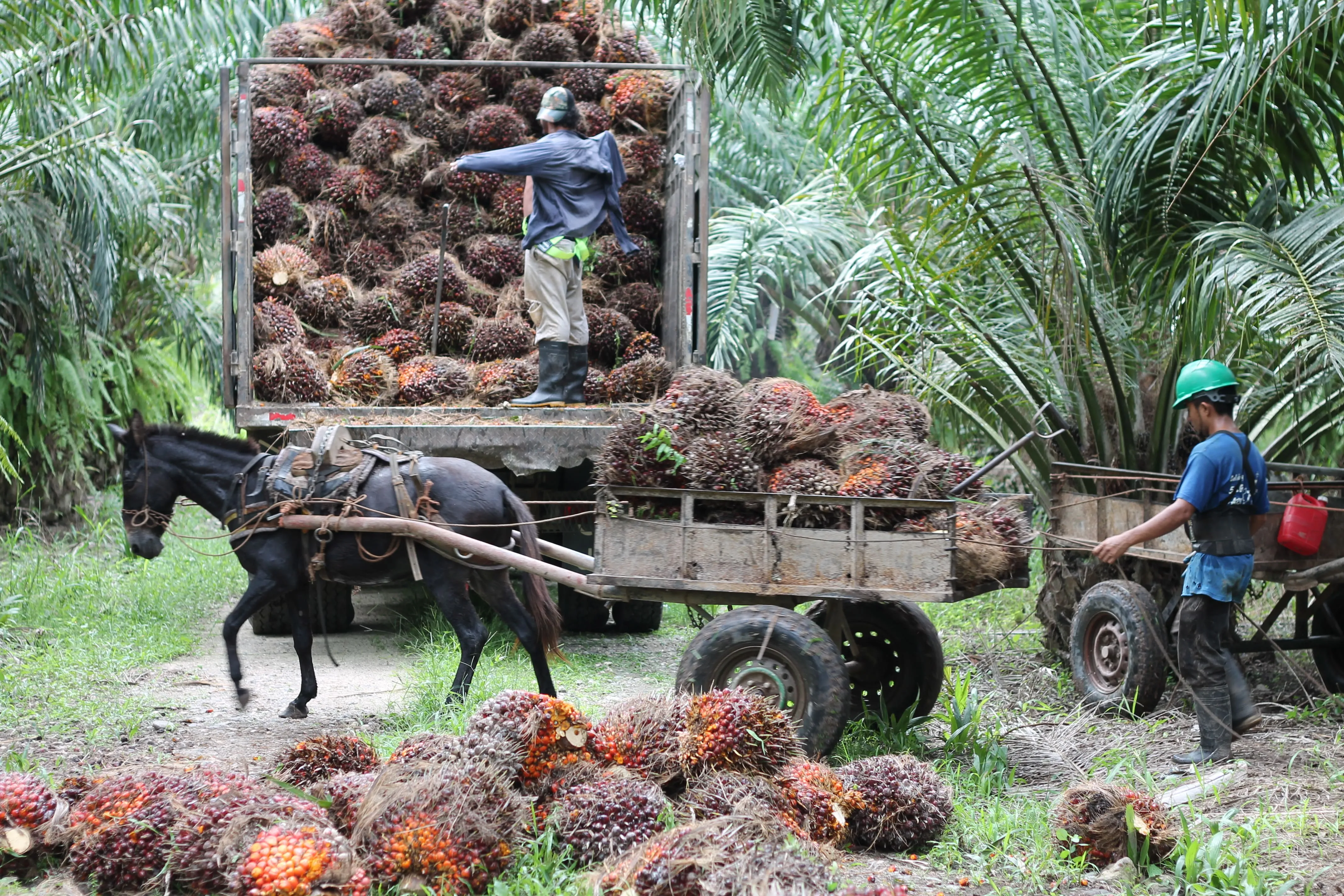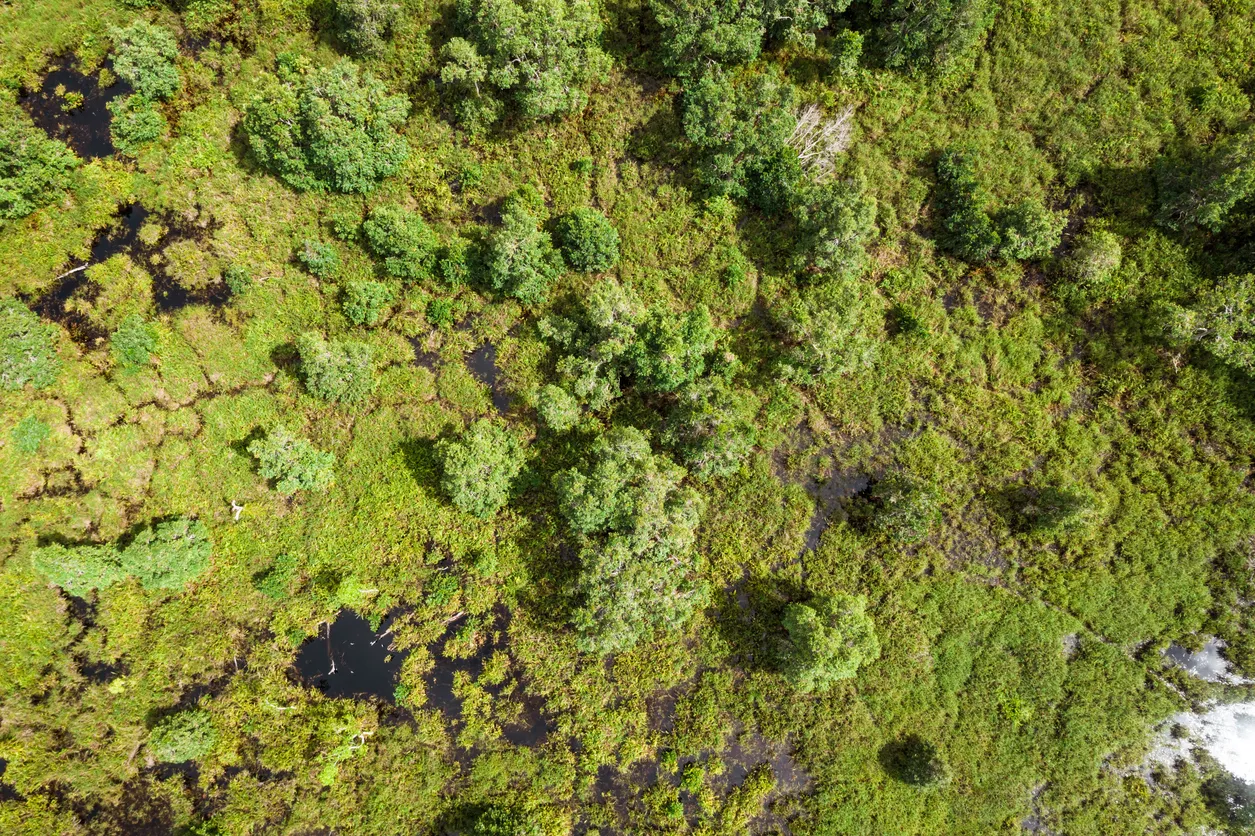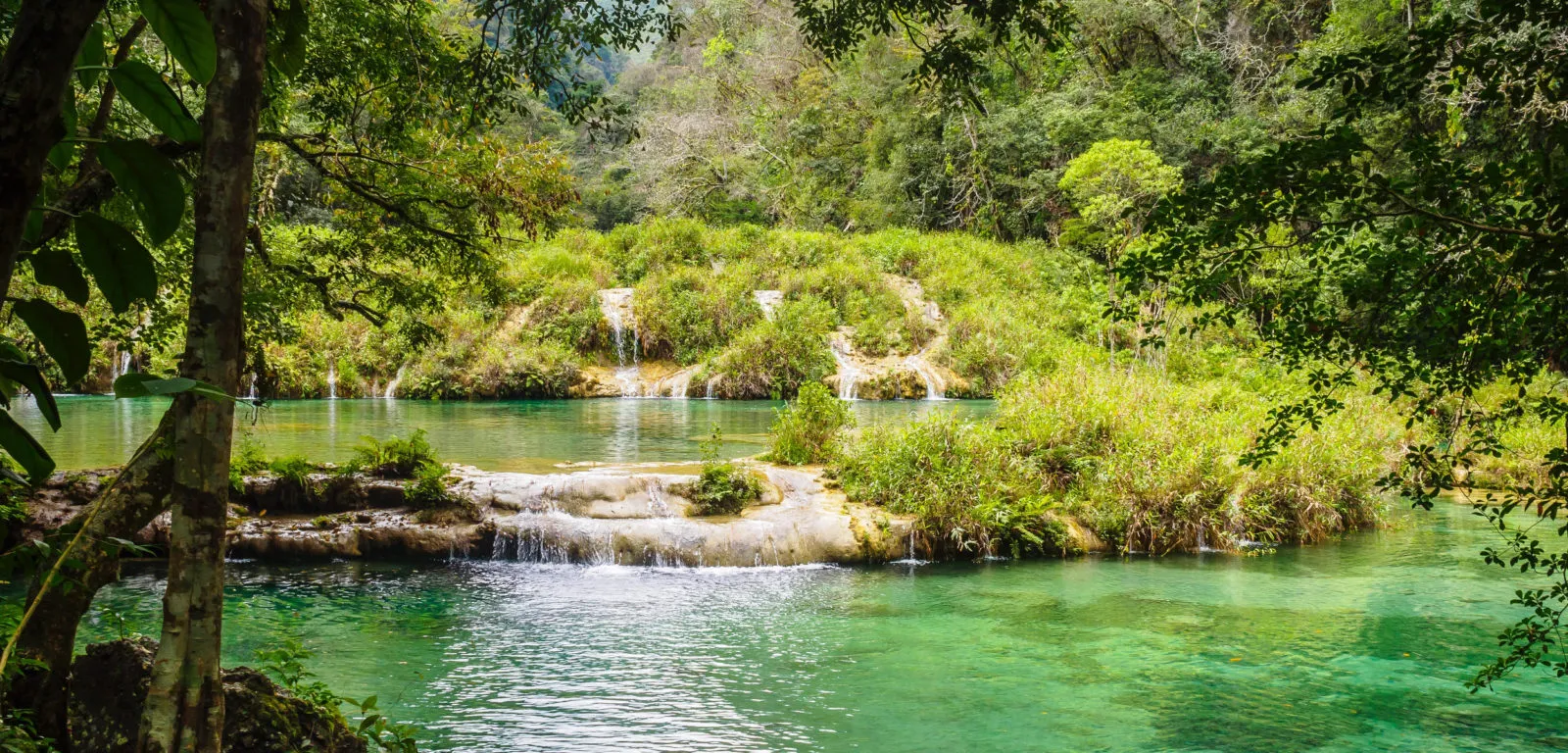
Protecting people and nature at a bigger scale: how HCV screening can help
HCV Screening helps authorities at all levels identify those areas that are important for ecosystem services and livelihoods.
HCV screening can support governments and companies to begin finding out from afar what values may exist and how to set priorities to protect them.
The HCV approach is gaining momentum. It helps businesses and communities discover hotspots of biodiversity, ecosystem services, and habitats that provide basic needs and make up the cultural identity of people living there. The approach has become critical in responsible production and resource use. So far, field specialists have combed through thousands of hectares to help define where those critical areas are.
But what do you do when you manage millions of hectares and want to find your priorities and what needs shielding from potentially harmful business activity? Last year, HCVRN launched the HCV Screening Guide, which provides a way to conduct a high-level remote exercise for spotting potential high-value conservation areas.
“We knew that people have been informally adapting the HCV approach for landscape scale for years,” says Ellen Watson, technical manager at HCVRN. “The idea was to scale up the concept in a consistent way to apply it globally. We talked to practitioners and experts, and used the HCV Common guidance for plantations and farms to design a robust way for scaling up the approach.”
While assessments focus mostly on smaller areas of land (what specialists call “management units”), remote screening can help address complex issues such as deforestation, biodiversity loss, or threats to livelihoods and cultural values at larger scales. More and more NGOs and companies seek to tackle some of their challenges through landscape or jurisdictional approaches – aka, applying the HCV approach to a particular landscape or administrative level. Screening applies to various administrative levels, such as district, province or country level, as well as across regions, ecosystems and commodities.
HCV screening entails a six-step process that focuses overall on:
- Identifying the environmental and social characteristics of a landscape, region, etc.;
- Assessing the probability of having HCVs in that territory and what threatens them;
- Highlighting which values need to be prioritised within policies and action on the ground.
Putting together social and environmental information helps authorities and companies identify what is important for conservation and livelihoods, as well as support on-the-ground interventions. HCV screening could be an initial filter to identify values and areas that need local level attention and support to reduce and mitigate risks to habitats and people. HCV screening results can also support fieldwork such as Environmental Impact Assessments (EIA), Strategic Environmental Assessments, and HCV-HCSA assessments.
“In some cases, the screening could be used let’s say in a landscape where a company has plantations spread over a huge area,” Watson says. “Then, they can see the big picture of the values in that landscape and from there, drill down for a more specific HCV assessment; so it can facilitate HCV assessments but it can also help stakeholders set their priorities.”
Screening for concentrations of biodiversity, large landscapes, rare or endangered ecosystems and habitats, and basic ecosystem services – i.e. the first four HCV values - is rather straightforward even remotely. The richness of species and ecosystem data and maps etc allows experts to spot which values may be present in a landscape and what needs protection.
But pinpointing the social values of a place – HCV 5 and 6 which define the landscapes and ecosystems securing local livelihoods and intrinsic to local cultures - especially at a larger scale, is more challenging. “The difficulties are in who you can talk to,” Watson explains. “If you just want environmental data, you can get it. Finding public information on social values in far more difficult, and in the field is often done by engaging communities.” In this case, qualitative research is key. Researchers need to go beyond web-based searches and talk to social experts and authorities who know the social and cultural context of that area.
Engaging authorities and decision-makers all throughout the process is also key, as well as consulting with social and environmental NGOs and indigenous organisations. Screening results can inform further fieldwork in areas where environmental and social values are at risk – from conversion of natural vegetation, population displacements, tenure rights or access issues, conflicts between conservation, development, and communities, and more.
Screening at work
Currently, HCVRN is coordinating two HCV Screening exercises in Indonesia and Brazil.
In late 2015, in the Brazilian state of Minas Gerais, a tailings dam collapsed at a mine, leading to mud, debris and contaminated water flowing down 650km on the local river, Rio Doce, all the way to Atlantic Ocean. Local communities, already affected by unsustainable mining, deforestation and poorly managed agriculture, were deeply impacted. With about 3 million people depending on the river for water, food and their livelihoods, restoring the landscape is essential. But that involves understanding how much has been affected and which valuable areas take priority. For that, Lactec, a technical institution assessing the environmental damages, asked HCVRN to conduct an HCV screening in the area. “Experts are analysing a trove of data from impact studies so they can identify which areas are still valuable after the disaster and recommend how to maintain or restore those regions,” says Watson. This will ultimately help the Brazilian authorities to choose the most cost-effective ways to enhance biodiversity in the river basin and benefit local livelihoods.
Deutsche Gesellschaft für internationale Zusammenarbeit (GIZ) GmbH has been working with the local government in West Kalimantan’s Kapuas Hulu District to help them implement sustainable supply chain activities. While the district is a UNESCO Biosphere Reserve, studies have shown that just over a third of its forests are under protection. “There is a general interest in identifying regions outside of protected areas that could still be harbouring HCVs and to have that on the government’s radar”, Watson says. For that GIZ is working with HCVRN to conduct a screening of the landscape and understand which areas need priority for conservation. In addition to the six HCVs, the screening exercise also includes indicative mapping of High Carbon Stock forests. “The government and other stakeholders want it to be a sustainable jurisdiction. This means if the screening helps discover valuable areas that are currently used for non-sustainable purposes, authorities can take a decision about how to address that.”
The screening is not replacing fieldwork, Watson points out; and in the case of Indonesia, previous work on the ground helps with identifying the social and cultural values. “We don’t want to come up with just another top-down approach. We try to directly connect with social NGOs and ask them how they want to engage.”
Note: Development of the guidance was funded by the German Federal Ministry for Economic Cooperation and Development (BMZ) and HCV Network Ltd
Related Posts
Protegiendo el carácter ambiental y social único del sureste de México con el Enfoque de AVC
Hace dos años, HCVN y FEMEXPALMA firmaron un acuerdo de cooperación para promover prácticas sostenibles de producción de aceite de palma a través de la conservación, el desarrollo de capacidades y la divulgación. Hoy, el involucramiento de los pequeñosproductores se ha vuelto esencial en la protección de los Altos Valores de Conservación.
Read MoreProtecting southeastern Mexico’s unique environmental and social character using the HCV Approach
Two years ago, HCVN and FEMEXPALMA signed a cooperation agreement to promote sustainable practices in palm oil production through conservation, capacity building, and outreach. Today, the contributions of small-scale producers have become essential in the protection of High Conservation Values.
Read MoreDébloquer des incitations pour des solutions fondées sur la nature avec les communautés forestières
L'outil Forest Integrity Assessment (FIA) est une approche de liste de contrôle simple et conviviale conçue pour permettre aux gestionnaires de terres et à d'autres non-biologistes d'effectuer des estimations rapides et efficaces de l'état de la biodiversité forestière.
Read MoreOur Partnerships
Alongside many global initiatives, our work with partners promotes practices that help meet the global Sustainable Development Goalsand build a greener, fairer, better world by 2030.


Femexpalma
In April 2022, FEMEXPALMA and the HCV Network signed a 5-year cooperation agreement to promote sustainable production of palm oil in Mexico. FEMEXPALMA is a Mexican independent entity that represents palm production at the national level and promotes the increase of productivity in a sustainable way.
With global markets becoming stricter, for Mexican producers to be able to export to key markets such as the European Union, they must meet strict requirements such as certification by the Roundtable on Sustainable Palm Oil (RSPO). To be certified by RSPO, the HCV Approach must be applied prior to the establishment of any new oil palm plantations. With this cooperation agreement, the HCV Network will support FEMEXPALMA’s members and allies to design better strategies to identify, manage and monitor High Conservation Values and support smallholders to achieve RSPO certification and implement good agricultural practices.
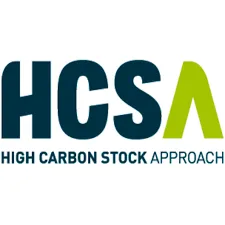

High Carbon Stock Approach
The High Carbon Stock Approach (HCSA) is an integrated conservation land use planning tool to distinguish forest areas in the humid tropics for conservation, while ensuring local peoples’ rights and livelihoods are respected.
In September 2020, HCV Network and the HCSA Steering Group signed a five-year Memorandum of Understanding (MoU) to strengthen their collaboration to conserve forests and uphold community rights in tropical forests. The HCS and HCV Approaches are cornerstones of corporate no deforestation and conservation commitments, and increasingly for actors working at different scales. The collaboration aims to further support effective implementation of these commitments through increased uptake of the HCV and HCS tools.
Through this MoU, HCSA and HCVRN are pursuing two main strategic goals:
- Strive to promote the application of the two approaches in tropical moist forest landscapes and explore further opportunities for collaboration.
- Ensure that, where the two approaches are applied together, this happens in a coordinated, robust, credible, and efficient manner, so that HCS forests and HCVs are conserved, and local peoples’ rights are respected.


World Benchmarking Alliance
From May 2022, the HCV Network is an ally at the World Benchmarking Alliance (WBA). WBA is building a diverse and inclusive movement of global actors committed to using benchmarks to incentivise, measure, and monitor corporate performance on the SDGs, and will assess and rank the performance of 2,000 of the world’s most influential companies against seven systems of transformation by 2023.
The scope of WBA’s circular transformation was expanded to cover nature and biodiversity as recognition of the need for greater understanding, transparency and accountability of business impact on our environment. The WBA Nature Benchmark was launched in April 2022, which will be used to rank keystone companies on their efforts to protect our environment and its biodiversity. As HCV Areas are recognised as key areas important for biodiversity, companies that publicly disclose their actions to identify and protect HCVs will contribute to the assessment of their performance against the benchmark.
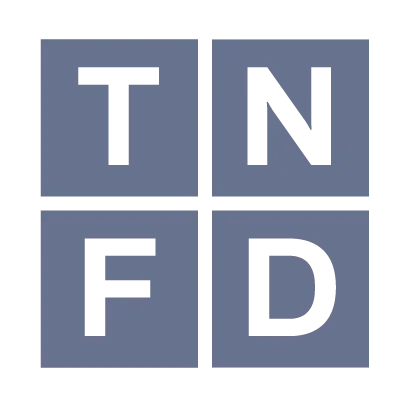

Taskforce on Nature-related Financial Disclosures - TNFD
The Taskforce on Nature-related Financial Disclosures (TNFD) is a global, market-led initiative, established with the mission to develop and deliver a risk management and disclosure framework for organizations to report and act on evolving nature-related risks, with the aim of supporting a shift in global financial flows away from nature-negative outcomes and toward nature-positive outcomes.
In April 2022, the HCV Network joined the TNFD Forum. The TNFD Forum, composed of over 400 members, is a world-wide and multi-disciplinary consultative network of institutional supporters who share the vision and mission of the task force.
By participating in the Forum, the HCV Network contributes to the work and mission of the taskforce and help co-create the TNFD Framework which aims to provide recommendations and advice on nature-related risks and opportunities relevant to a wide range of market participants, including investors, analysts, corporate executives and boards, regulators, stock exchanges and accounting firms.


Aquaculture Stewardship Council
The Aquaculture Stewardship Council (ASC) is the world’s leading certification scheme for farmed seafood – known as aquaculture – and the ASC label only appears on food from farms that have been independently assessed and certified as being environmentally and socially responsible. In 2021, the HCV Network and ASC formalised their collaboration through a Memorandum of Understanding (MoU). The MoU represents the first step in a fruitful relationship aimed at conserving HCVs in aquaculture. Although, existing guidance on the use of the HCV Approach currently focuses mainly on forestry and agriculture, the HCV Approach is however generic, and in principle also applicable to aquatic production systems. Through this MoU, this is recognised by the Aquaculture Stewardship Council (ASC) in their ASC farm standard, in which the protection of HCV areas is mentioned in the context of expansion


Accountability Framework Initiative
The Accountability Framework initiative (AFi) is a collaborative effort to build and scale up ethical supply chains for agricultural and forestry products. Led by a diverse global coalition of environmental and human rights organizations, the AFi works to create a “new normal” where commodity production and trade are fully protective of natural ecosystems and human rights. To pursue this goal, the coalition supports companies and other stakeholders in setting strong supply chain goals, taking effective action, and tracking progress to create clear accountability and incentivize rapid improvement. In July 2022, the HCV Network joined AFi as a Supporting Partner. AFi Supporting Partners extend the reach and positive impact of the AFi by promoting use of the Accountability Framework by companies, industry groups, financial institutions, governments, and other sustainability initiatives, both globally and in commodity-producing countries.


Biodiversity Credit Alliance
The Biodiversity Credit Alliance (BCA) is a global multi-disciplinary advisory group formed in late 2022. Its mission is to bring clarity and guidance on the formulation of a credible and scalable biodiversity credit market under global biodiversity credit principles. Under these principles, the BCA seeks to mobilize financial flows towards biodiversity custodians while recognising local knowledge and contexts.
The HCVN joined the BCA Forum in August 2023 to learn more from the many organizations already coming together to find effective pathways to opening up credit-based approaches, and how to contribute our knowledge and experience of years of working in a practical way, often with global sustainability standards and their certified producers, to protect what matters most to nature and people.
.webp)
.webp)
Nature Positive Forum
The Nature Positive Initiative is a group of stakeholders coming together to find ways to unlock success and achieve Nature Positive - a global societal goal defined as ‘halt and reverse nature loss by 2030 on a 2020 baseline, and achieve full recovery by 2050’, in line with the mission of the Kunming-Montreal Global Biodiversity Framework.
Core work includes preserving the integrity of ‘Nature Positive’ as a measurable 2030 global goal for nature for business, government, and other stakeholders, and providing the tools and guidance necessary to allow all to contribute. The initiative also advocates for the full implementation of the Kunming-Montreal Global Biodiversity Framework by governments and other stakeholders.
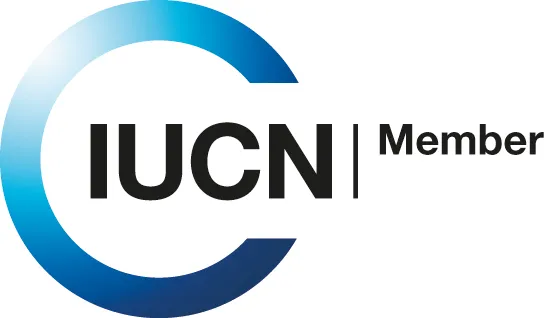

IUCN
IUCN is a membership Union uniquely composed of both government and civil society organisations. It provides public, private, and non-governmental organisations with the knowledge and tools that enable human progress, economic development, and nature conservation to take place together.
Created in 1948, IUCN is now the world’s largest and most diverse environmental network, harnessing the knowledge, resources and reach of more than 1,400 Member organisations and around 15,000 experts. It is a leading provider of conservation data, assessments, and analysis. Its broad membership enables IUCN to fill the role of incubator and trusted repository of best practices, tools, and international standards.
IUCN provides a neutral space in which diverse stakeholders including governments, NGOs, scientists, businesses, local communities, indigenous peoples’ organisations, and others can work together to forge and implement solutions to environmental challenges and achieve sustainable development.
Working with many partners and supporters, IUCN implements a large and diverse portfolio of conservation projects worldwide. Combining the latest science with the traditional knowledge of local communities, these projects work to reverse habitat loss, restore ecosystems, and improve people’s well-being.

Get Involved
Our Mission as a network is to provide practical tools to conserve nature and benefit people, linking local actions with global sustainability targets.
We welcome the participation of organisations that share our vision and mission to protect and enhance High ConservationValues and the vital services they provide for people and nature. By collaborating with the Network, your organisation can contribute to safeguarding HCVs while gaining valuable insights and connections that support your sustainability goals.
We are seeking collaborative partners to help expand and enhance our work, as well as talented professionals who can join the growing Secretariat team, and for professionals who can contribute to the credible identification of High Conservation Values globally.
Join us in securing the world’s HCVs and shaping a sustainable future.
